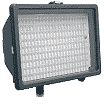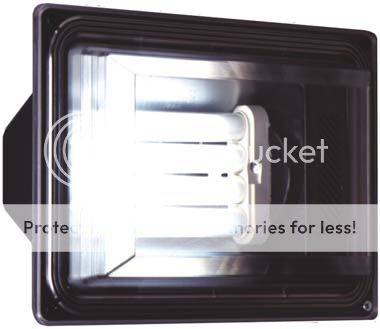GageStryker
Member
Hey guys!
I"m dealing with having to put in some more worklights for my stage and wondering what you would recommend for options.
Obviously, CRI and beam characteristics aren't a big deal, the big deal is cheap, long life, relatively efficient lighting.
I'm placing the fixtures on my FOH 1 bar, mostly because access to the overstage bars is a... pain (our architecht thought to provide 4 electrics worth of 30 circuits apiece overstage, but on a fixed grid with no way to access them short of renting a 40' lift and clearing all the set).
So small physical profile is important, as is long life. Right now I'm looking at putting up some old PAR cans with MFL and WFL lamps, but I'm wondering if I'm missing out on a better long term solution (I'd like to bump up the 800 hrs bulb life from a PAR lamp to something higher if possible. I've worked with the ETC S4 PARs and long life bulbs and had good experiences [ just don't use them for anything you need the higher color temperature]). {Too many brackets}
I've looked at and rejected metal halide and other ballast based lamps based on the fixture size and rewiring needed, although they're much more efficient.
Throw from FOH 1 to the deck is 45'.
I"m dealing with having to put in some more worklights for my stage and wondering what you would recommend for options.
Obviously, CRI and beam characteristics aren't a big deal, the big deal is cheap, long life, relatively efficient lighting.
I'm placing the fixtures on my FOH 1 bar, mostly because access to the overstage bars is a... pain (our architecht thought to provide 4 electrics worth of 30 circuits apiece overstage, but on a fixed grid with no way to access them short of renting a 40' lift and clearing all the set).
So small physical profile is important, as is long life. Right now I'm looking at putting up some old PAR cans with MFL and WFL lamps, but I'm wondering if I'm missing out on a better long term solution (I'd like to bump up the 800 hrs bulb life from a PAR lamp to something higher if possible. I've worked with the ETC S4 PARs and long life bulbs and had good experiences [ just don't use them for anything you need the higher color temperature]). {Too many brackets}
I've looked at and rejected metal halide and other ballast based lamps based on the fixture size and rewiring needed, although they're much more efficient.
Throw from FOH 1 to the deck is 45'.





